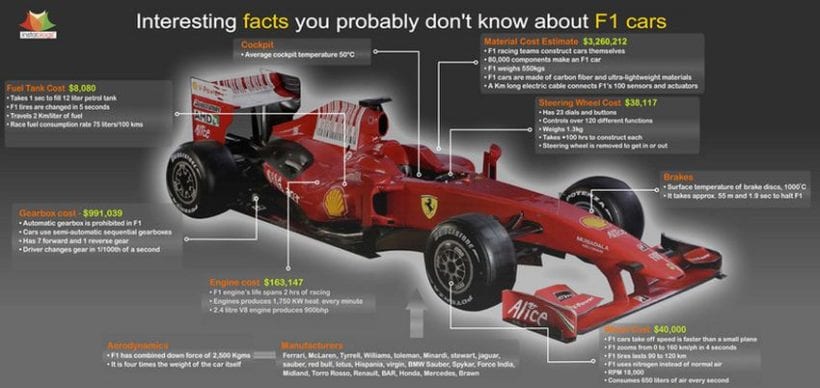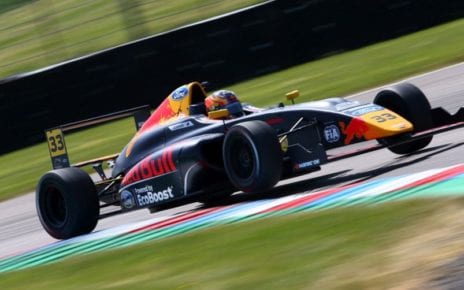Formula 1 stands out for the high technology of its racing cars, the glamor of its racing, the high salaries of its riders and the facts and curiosities of the highest category of sports car races, which are noteworthy. Among the many facts and curiosities of F1, we selected the following:
1. To save weight and space, Formula 1 cars have no leverage or reverse button. This gear is activated by activating the neutral knob at the rudder and holding the shift lever pressed for about half a minute.
2. Any of the current F1 cars can accelerate from 0 to 100 in 2.5 seconds and reach 160 km / h of speed in a second and a half more (4 “).
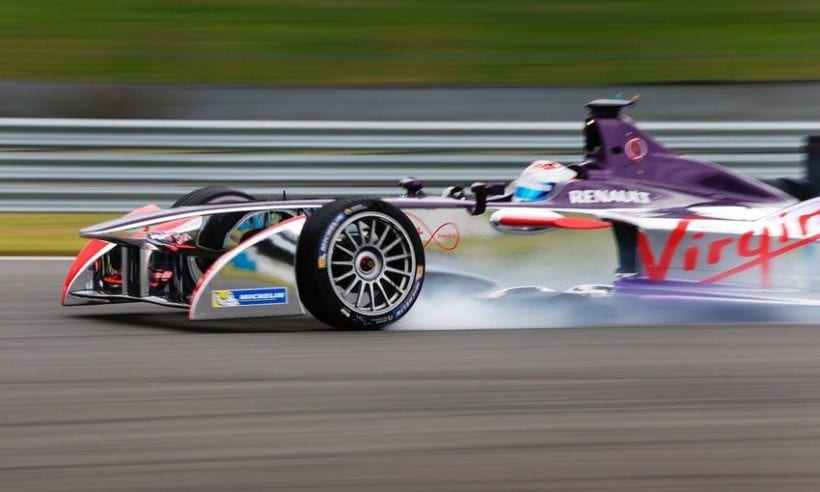
3. The high suction created by the aerodynamics of the cars in the Monaco circuit raises the sewage lids of the runway so they must be welded before each run.
4. From 160 km/h, the F1 cars generate such a high aerodynamic force that they could drive inverted in the roof of a tunnel with the driver driving upside down.
5. By the way, it is worth mentioning that F1 drivers must withstand a gravitational force of 5 times the body weight at the time of braking at the end of the straight lines, and up to 4 or more in the high speed corners, such as that of Tamburello in the circuit Italian from Imola, where Ayrton Senna lost his life on May 1, 1994.
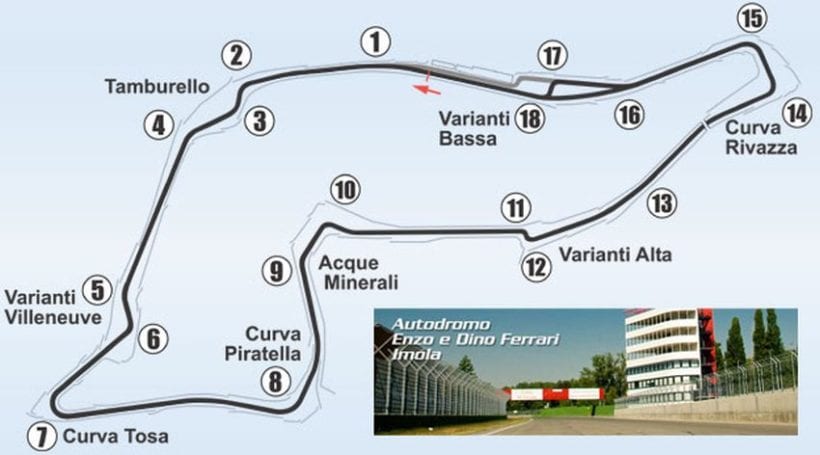
6. To build an F1 car, it takes nearly 80,000 expensive parts and 150,000 hours of human labor. For this reason, its construction cost is over 5 million dollars.
7. In the 2016 season, the Williams team sets the pit stop record taking just 1.92 seconds to remove the 4 used tires and install a new rubber tire.
8. The 0.4 kilos of air per second consumed by the engine of an F1 car when it reaches the maximum speed on the straight lines is enough to inflate 600 party bombs in just 1 minute.
9. In Malaysia and other high humidity and heat circuits, pilots withstand 50 C cabin temperature.
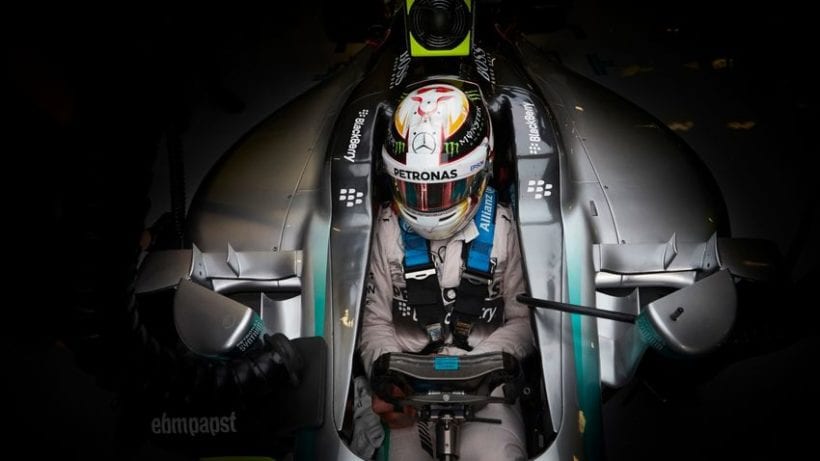
10. Pirelli tires have the hardest compound used by F1, they offer a service life of about 120 kilometers, while tires on an expressway last 50,000 kilometers or more.
11. The hoses with which F1 fuel is loaded are capable of filling the gas tank of an ordinary car in 4 seconds.
12. F1’s rain tires evacuate an average of 65 liters (17.2 gallons) of water per second, enough to fill a tub in just 1.2 seconds.
13. Depending on the route, the drivers of the highest category of the World Motorsport make between 2,000 and 4,000 gears during a Grand Prix.
14. The oldest winner of a Formula 1 race is the Italian Luigi Fagioli, who won the 1951 French Grand Prix after completing his 53rd birthday.
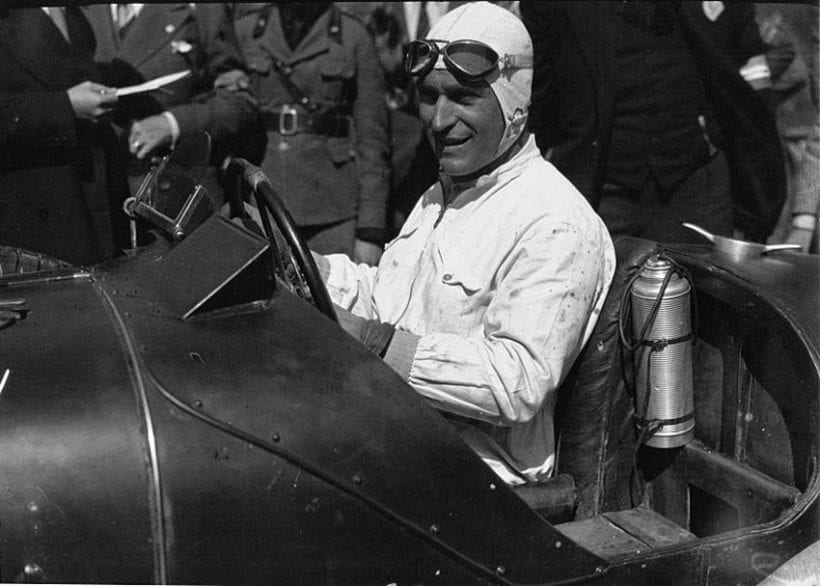
15. The height between the floor of an F1 car and the asphalt varies between 1 and 5 cm, which is the thickness of a modern smartphone.
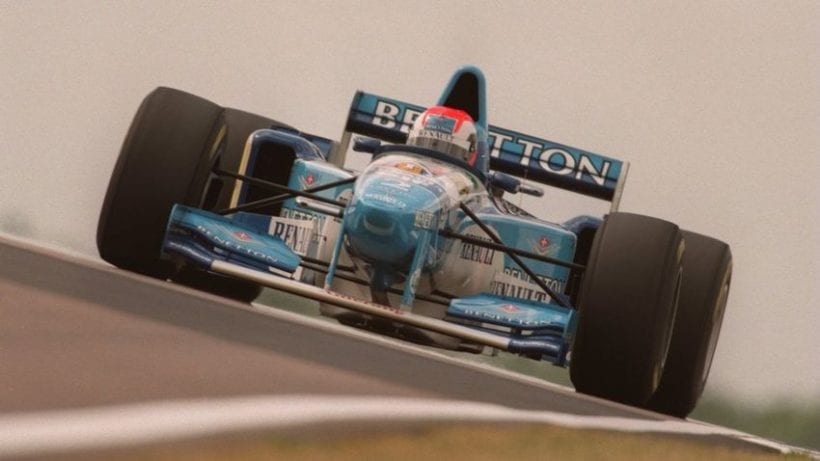
16. The F1 telemetry system uses 250 channels to send information to engineers about the operation of vehicle systems. This information is recorded up to 1,000 times per second and at the end of a race, the accumulated data exceeds the value of 1 million.

